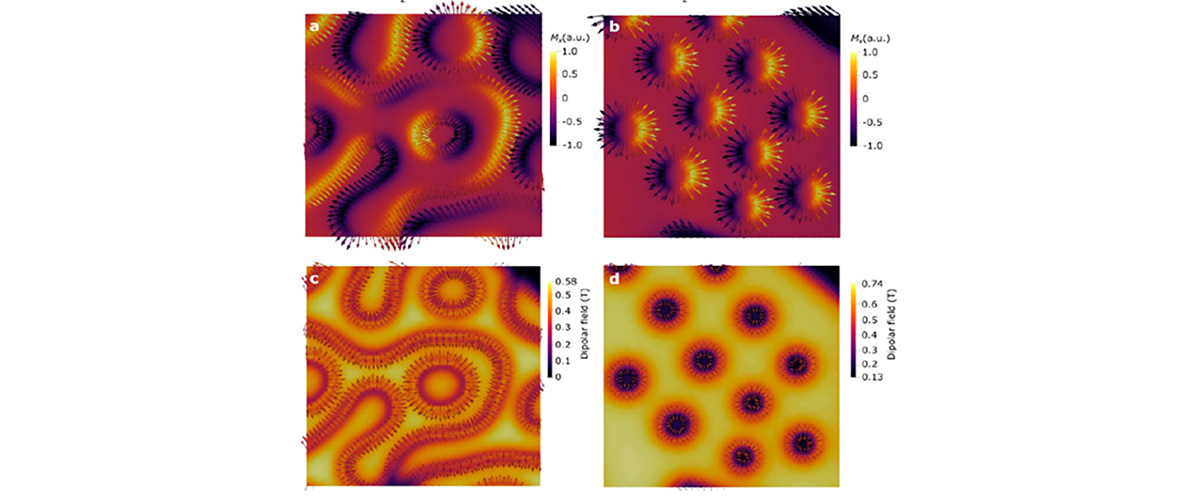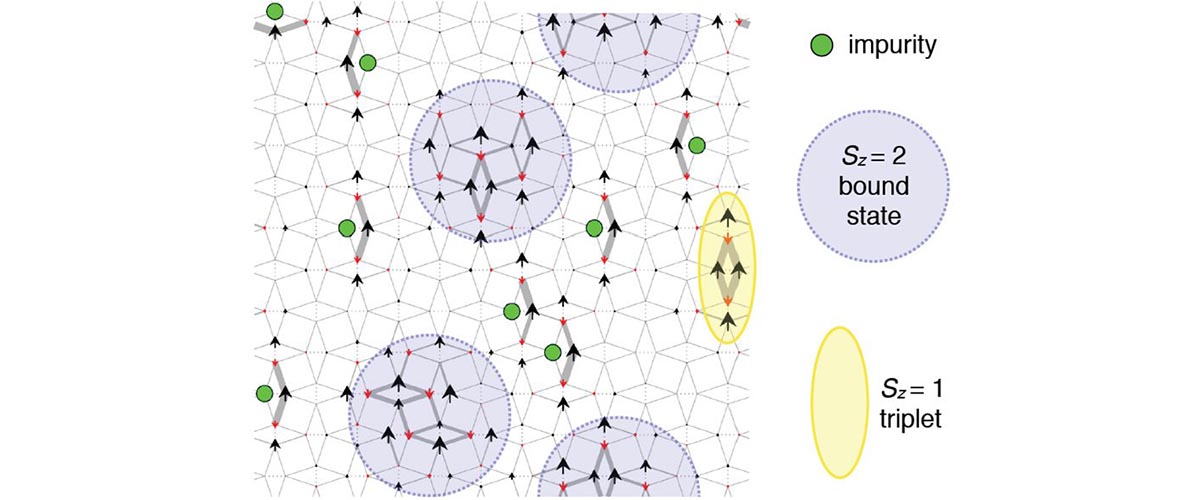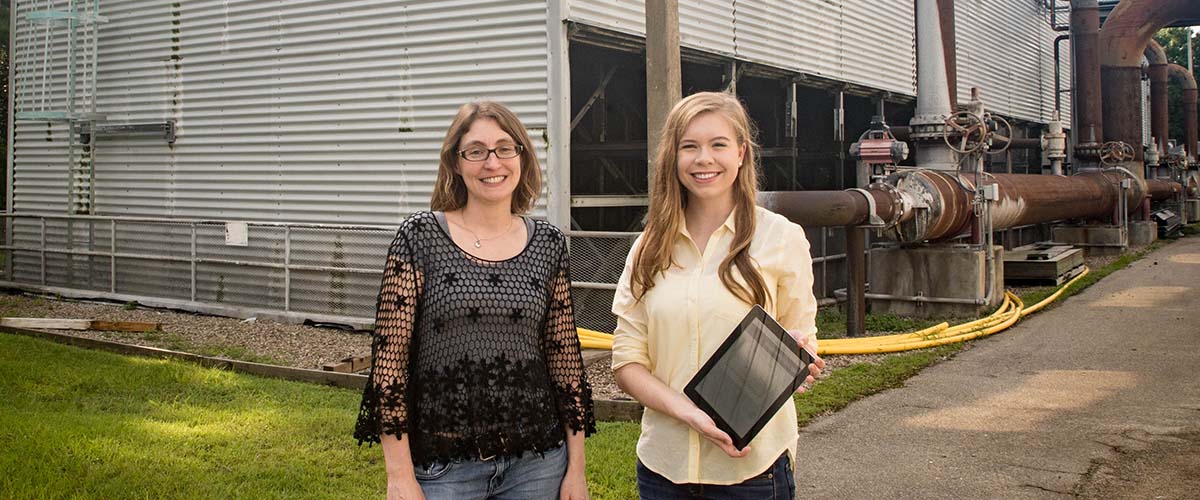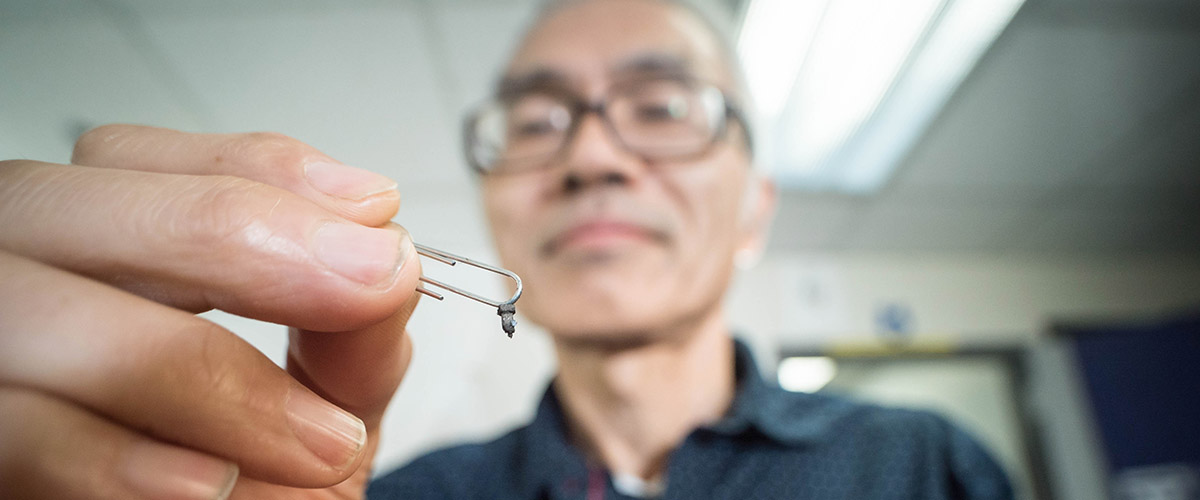Ever get a stubborn knot in your shoelace that seems nearly impossible to untangle?
Knots sort of like those in your laces, only made of magnetic fields, have the potential to dramatically improve computing capabilities, and scientists at the National MagLab have taken another step in the quest to harness them.
These tangles of interlaced magnetic fields, called skyrmions, merons or "magnetic textures," are spawned by spinning electrons in certain compounds. Some have called them "atomic hurricanes."
MagLab postdoctoral associate Brian Casas says you can compare the magnetic vortices to the swirl you see when you stir a glass of water.
"It's an object that is related to collective behavior of small components," Casas said, "You can see it and it moves. The thing that makes it is always changing."
A MagLab team including Casas and lead by Luis Balicas, along with a group of international collaborators from Argonne National Lab and the University of Edinburgh’s Higgs Centre for Theoretical Physics, has shown these magnetic swirls in super-thin layers of a synthetic crystalline compound of iron, germanium, and tellurium (Fe5-xGeTe2).
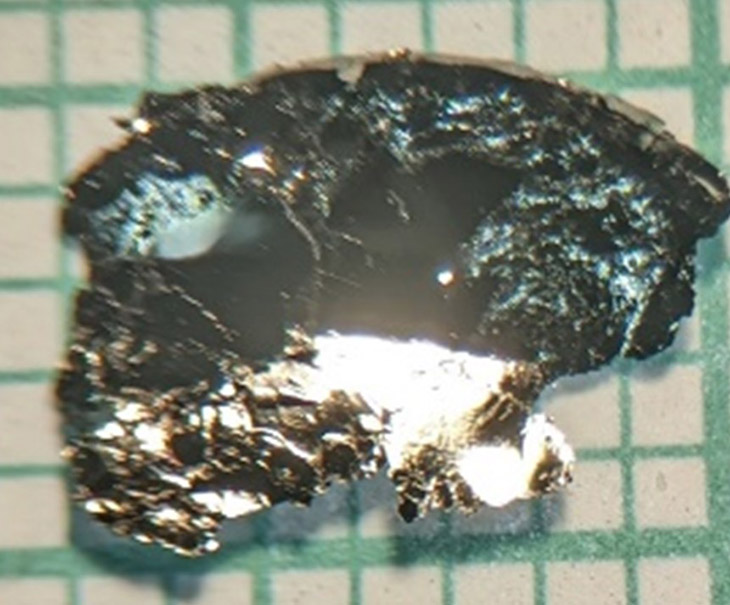
A fragment of Fe5-xGeTe2, the synthetic crystalline compound of iron, germanium, and tellurium in which the magnetic vortices were detected and measured.
These magnetic vortices occurred at and above room temperature rather than at the extremely cold conditions required in many compounds. And, notably, researchers were able to measure the tangles, a key for potential use in real-world applications.
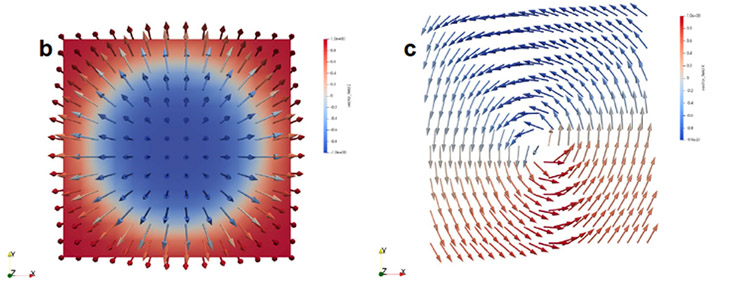
An illustration of the spin texture of skyrmion-like and meron-like particles in Fe5-xGeTe2
"You need to find a way of reading them, to detect their presence and effects through an electrical signal, and this creates a readable signal," Balicas said.
Because the swirls are measurable, small, and stable, they hold promise for use as a basic unit in electronic information storage and quantum computing. The study of these complex, defect-like magnetic textures, called skyrmionics, has taken off in recent years as physicists examine potential applications. This work at the MagLab adds to a growing body of research.
"The benefit of our work, as we're showing here, is giving researchers in this field a new platform to play with," said Balicas.
The MagLab team's findings are being published in Advanced Materials.
"Maybe we are seeing the birth of a new technological platform. That's the dream of some people," Balicas said.
The synthetic crystal of iron, germanium and tellurium was grown at the MagLab. Researchers relied on the facility's 7-tesla SQUID magnetometer to measure and characterize its properties. The team also utilized a 9-tesla magnet and electron microscopy in its analysis. Argonne National Lab provided assistance with sophisticated imaging techniques. Calculations and simulations were provided by the University of Edinburgh.
Story by Edan Schultz



